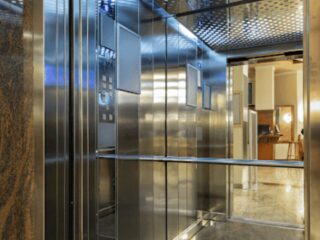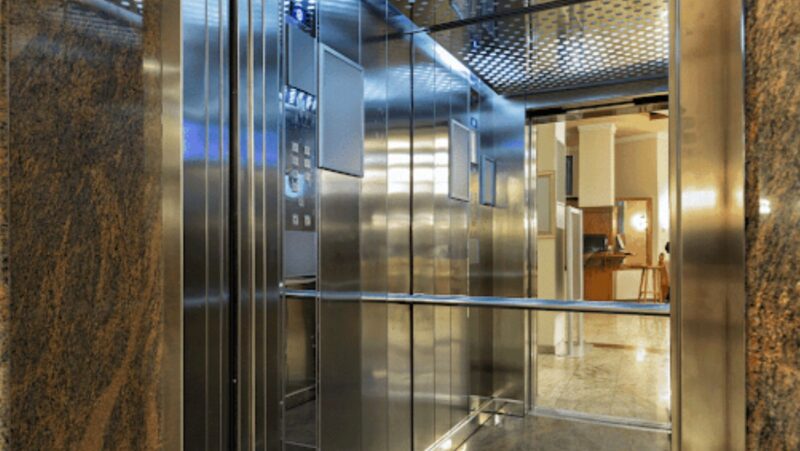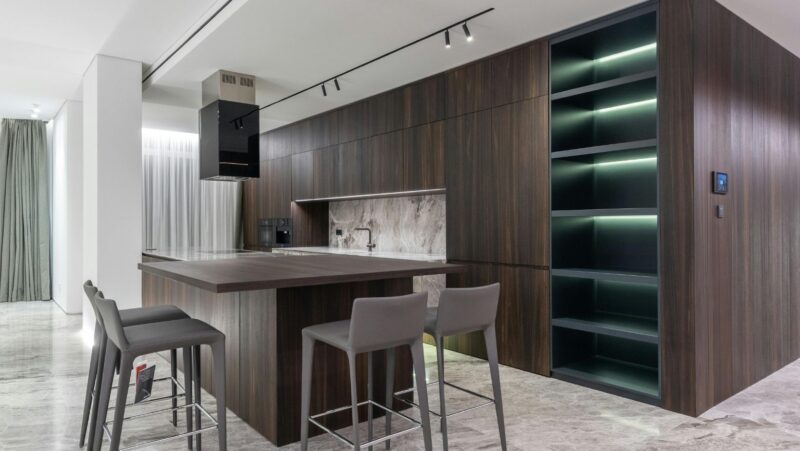
Investing in security is always a smart decision, but when it comes to commercial access control systems, property owners and managers often wonder if the benefits outweigh the costs. The ROI (return on investment) of an access control system is not always straightforward to calculate, as it involves both tangible and intangible factors. However, understanding how to evaluate ROI can help you make informed decisions that enhance security, improve operational efficiency, and even save money in the long term.
This guide will walk you through the factors that contribute to ROI, how to calculate it, and why commercial access control systems are often worth the investment. Whether you’re a property manager, business owner, or real estate investor, this article will provide you with the tools to assess whether implementing or upgrading an access control system is a decision that pays off.
What Is an Access Control System?
Before we begin calculating ROI, it’s important to understand what an access control system entails. These systems regulate who can enter specific areas of a building, providing businesses and property managers with improved ways to monitor and manage access to their facilities. Unlike traditional locks and keys, access control systems offer features like keycards, biometric identification, or even remote access, making them highly adaptable to modern commercial needs.
The key functionalities of these systems include:
- Enhanced Security: Safeguarding the property from unauthorized access.
- Convenience: Allowing smooth and easy access for authorized personnel.
- Integration: Integration with other security systems like surveillance cameras or alarms.
- Data Collection: Recording logs of entry and exit, which can be useful for both security and operational insights.
While the upfront cost of a commercial access control system might appear significant, the potential ROI extends far beyond the initial payment. Understanding this ROI requires an evaluation of cost savings, risk reduction, and enhanced property value.
Factors That Impact the ROI of Access Control Systems
Calculating ROI involves not only looking at the financial costs and savings but also the qualitative benefits that come with an enhanced security system. Below are the key factors that influence ROI:
1. Installation and Maintenance Costs
The first step to understanding ROI is to account for your upfront and ongoing expenses. This includes:
- Hardware Costs: Devices like card readers, keypads, or biometric scanners.
- Installation and Configuration: Fees for professional installation and system setup.
- Maintenance and Updates: Regular software updates and maintenance services over time.

2. Reduction in Theft and Unauthorized Access
One of the most immediate benefits of access control systems is their ability to reduce theft and unauthorized access. For commercial properties, this could mean:
- Preventing equipment theft.
- Reducing the chances of intellectual property or sensitive data breaches.
- Minimizing unauthorized entry to critical areas like data centers or inventory storage.
Quantifying this impact means assigning a dollar value to potential losses avoided due to the implementation of the system.
3. Operational Efficiency
Modern access control systems can streamline operations in several ways, including:
- Automating access permissions, reducing manual labor for security teams.
- Eliminating the hassle and costs of replacing lost keys or changing locks.
- Allowing for remote management, saving time for property staff.
For example, a system with remote access means that facility managers no longer need to travel to specific locations to grant entry. Over time, these operational efficiencies translate into reduced labor costs, which should be factored into your ROI calculation.
4. Enhanced Building Value
For property owners, implementing a robust access control system could increase the perceived value of your commercial property. Tenants are willing to pay a premium for secure and modern facilities, making it a valuable selling point. Enhanced safety can also reduce insurance premiums, offering another layer of financial benefit.
5. Improved Employee or Tenant Experience
Access control systems that minimize hassle lead to happier tenants, employees, or visitors. Features like mobile access credentials or keycard systems provide convenience while maintaining security. A positive experience encourages tenant retention and reduces turnover, both of which save money in the long run.
6. Compliance with Industry Regulations
Some industries, such as healthcare, finance, or government organizations, are required to comply with strict access control regulations. Investing in a system that ensures compliance minimizes the risk of penalties or fines while protecting sensitive data.
How to Calculate the ROI of Your Access Control System
Once you’ve identified the factors that contribute to ROI, you can calculate it using a simple formula:
ROI (%) = ((Financial Gains – Cost of Investment) ÷ Cost of Investment) × 100
Here’s how to break it down:
Step 1: Quantify Financial Gains
Consider the cost savings and benefits that the system provides. Examples include:
- Cost savings from reduced theft and losses.
- Lower labor costs through automation of security tasks.
- Increased revenue from tenant retention or property appreciation.
Assign a monetary value to each factor. For example:
- Reducing unauthorized access could save $10,000 annually in theft and losses.
- Remote management might save $5,000 annually in labor costs.
- Tenant retention could add $2,000 annually in rental income.
Total financial gains: $10,000 + $5,000 + $2,000 = $17,000 annually.
Step 2: Account for Total Costs
Add up both upfront and ongoing expenses. For instance:
- Installation of the system cost = $20,000.
- Annual maintenance fee = $2,000.
Total costs over the first year: $20,000 + $2,000 = $22,000.
Step 3: Calculate ROI
Plug the values into the formula:
ROI (%) = (($17,000 – $22,000) ÷ $22,000) × 100
ROI for Year 1: -22.73% (initial loss due to setup costs).
By Year 2, however, the ROI shifts:
ROI (%) = (($17,000 – $2,000) ÷ $2,000) × 100
ROI for Year 2: 750%.
This simplified example shows how ROI improves over time as the initial investment is offset by recurring savings and benefits.
Maximizing Your Investment
To ensure the best ROI from your access control system:
- Choose Scalable Solutions: Opt for systems that can grow with your property’s needs to avoid costly upgrades later.
- Train Your Team: Properly train staff to utilize the system’s features to their full potential.
- Evaluate System Integrations: Combine your access control system with other technologies like video surveillance or IoT sensors to enhance overall functionality.
Why Commercial Access Control Systems Are Worth It
While the upfront cost can seem daunting, commercial access control systems offer long-term value that traditional locks and keys can’t match. By enhancing security, reducing operational inefficiencies, and adding value to your property, these systems often pay for themselves in a short amount of time.
For property managers and owners, calculating the ROI is not just about numbers; it’s about understanding how access control can protect your investment, improve daily operations, and enhance the overall experience for tenants and employees alike.













